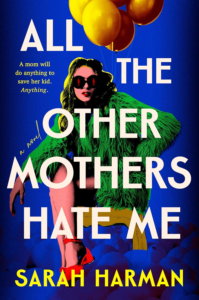A Silent World, A Silent Struggle
A Unique Post-Apocalyptic Vision
E.L. Katz’s Azrael is a unique post-apocalyptic thriller that forgoes dialogue in favor of a haunting silence. Set in a world ravaged by an unknown event, the film follows a young woman named Azrael as she escapes from a cult and fights for her survival.

A Visual and Auditory Experience
The film’s striking visual style and atmospheric score create a sense of dread and isolation. The absence of dialogue forces the audience to rely on visual cues and sound design to understand the narrative. This bold choice, while ambitious, can be both captivating and frustrating. While it successfully creates a unique and immersive experience, it also limits the film’s emotional depth and character development.
A Strong Performance in Silence
Samara Weaving delivers a strong performance as Azrael, conveying a wide range of emotions through her physicality and facial expressions. Her character is both vulnerable and resilient, making her a compelling protagonist. However, the lack of dialogue hinders the development of deeper connections between characters, leaving the audience to fill in the gaps.
A Mixed Bag of Pacing and Emotional Impact
The film’s pacing is uneven, with some sequences feeling drawn-out and others moving too quickly. The climax, while visually impressive, lacks the emotional impact it could have achieved with a more traditional narrative structure.
A Bold Experiment in Filmmaking
Azrael is a bold experiment in filmmaking that offers a visually stunning and thought-provoking experience. While it may not be for everyone, it is a testament to the power of cinema to convey stories without words. However, the film’s reliance on visual storytelling and its limited character development ultimately prevent it from reaching its full potential.










